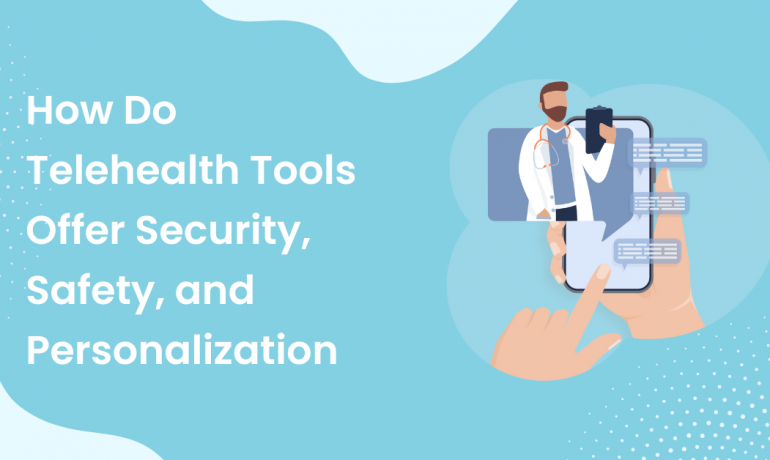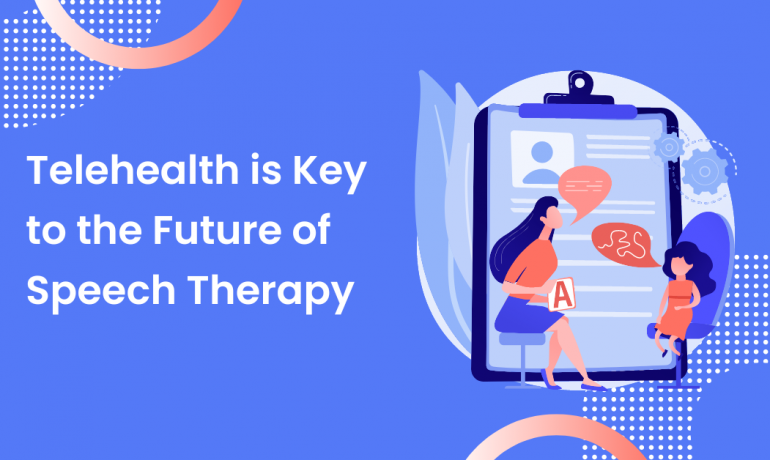The popularity of telehealth has soared in the last two years. Many of us were forced to use telemedicine in 2020, but today many physicians and their patients have no desire to go back. The advantages of telehealth services outweigh the advantages of in-person visits. Hospitals, insurance companies, and others are now pushing for additional telemedicine financing. These movements aren't unwarranted; despite most hospitals returning to in-person services, telemedicine has remained popular.
Currently, 76 percent of U.S. hospitals employ video and other technologies to communicate with patients and consulting practitioners from a distance. Telehealth enables hospitals to attract more patients, resulting in improved patient happiness, increased revenue, and a reduction in the impact of physician shortages, There are more telehealth benefits than we can count but here are a few we can think of.
Telehealth Improves Patient Accessibility
If you live in a rural area, you may find that the nearest hospital is alarmingly far from you. As a result, many people seldom go to the hospital or seek medical help. Thanks to telehealth, they can now get health care that they wouldn't have been able to get before. Furthermore, if patients require the services of a specialist for a specific condition and there isn't one anywhere nearby, they can now obtain expert advice via a virtual visit.
However, people who live in rural areas aren't the only ones that have problems with access to health care. There are hospitals in underserved suburban and urban areas that are badly understaffed. You might be asking how telehealth might help with this. Easy. With telehealth, you can lower the number of patients who don't show up for appointments, be more flexible with your hours, patients won't be late due to traffic, and doctors won't have to run around for patients and can instead relax comfortably in their seats. As a result, with the same amount of time afforded through telehealth, these hospital doctors and nurses can be more productive.
Individuals with severe/chronic diseases, seniors, and people with disabilities now have easier access to healthcare. Many of these people require medical attention, and they require it regularly. However, if they have a serious illness or are elderly, going to the hospital on a regular basis may be challenging. As a result, these people do not receive the medical care they deserve and require.
Telehealth Relieves ERs and Reduces Readmissions
Similar to the earlier topic of relieving the pressures of the physician shortage, telehealth provides alternatives. Many people go to the ER when they have a non-emergency illness or medical problem in the hopes of getting care. You can do this at home with telehealth. You can schedule an appointment if you have a non-emergency medical problem, and a doctor or nurse will assess your needs. Patients would no longer have to wait hours in a waiting room to learn that they should have seen a specialist, and ER doctors will be able to focus on the most essential cases. It's a win-win situation.

Furthermore, if a patient was admitted to the hospital from the emergency room or because they had surgery, they can get the in-person care they need. However, once they are discharged, these patients have to return to their lives. Whether someone can’t take them to the hospital for a follow-up or they are too busy, many patients don’t get the post-surgical care they deserve. The hospital nurses and doctors can check up on their patients to ensure they are taking care of themselves. On top of that, the physicians can do more frequent checkups to ensure the patient does not need to be readmitted and that they fully recover.
Clinical Trials
One benefit that is extremely important and can impact the future of medicine is clinical trials. Many people have been unable to visit hospitals for non-emergency reasons for the past two years, resulting in a cascade of problems. The impact on clinical trials is an essential one that is frequently overlooked. People were no longer going to hospitals that includes participants in clinical trials. Were these researchers expected to put their study on hold for two years? Obviously not. Patients were able to participate in these clinical trials remotely thanks to the technology of telehealth services. An added benefit is that these hospitals can now enroll patients from regions other than their own, potentially creating a more representative pool of participants.
—--------------------
For many people, hospitals are frightening places, and they avoid them at all costs. These anxieties no longer have to jeopardize the health of patients thanks to telehealth. They can be at ease and at home while still receiving the care they need. While the future cannot be predicted, one thing is certain: telemedicine and telehealth services have saved more lives than we can count.





